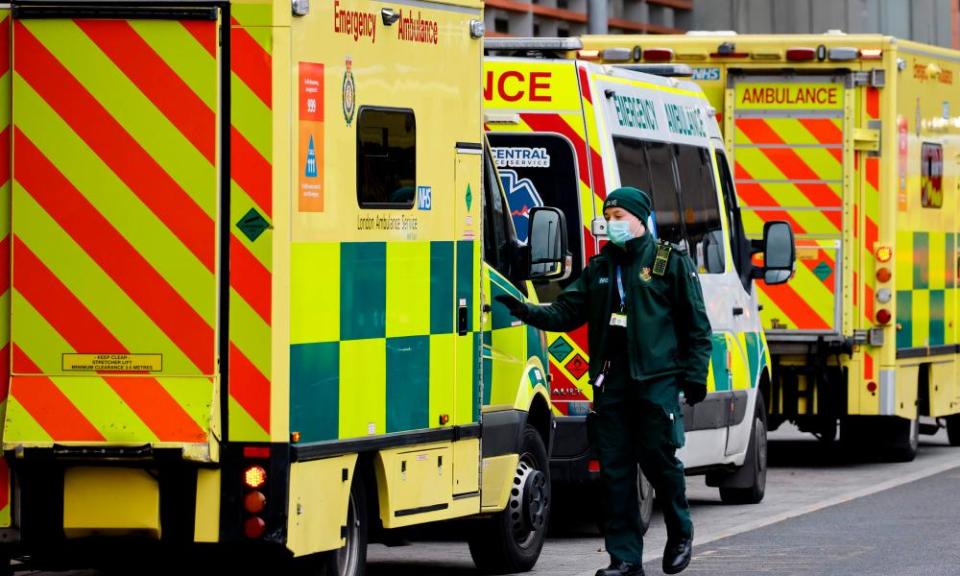UK official Covid death toll has always undercounted fatalities, analysis shows

The UK government death toll is missing coronavirus fatalities and it always has, Guardian analysis has shown.
According to the paper by the University of Leicester 30% of Covid-19 patients discharged from English hospitals were readmitted within five months and almost one in eight of them die, raising further concerns over the accuracy of the widely quoted official figure.
If the paper proves correct, it would mean in the future thousands of coronavirus patients will be readmitted to hospital and some will die with complications from the virus without being included in the government tally.
The most recent Office for National Statistics (ONS) count, which includes all deaths in England where Covid-19 is mentioned on the death certificate, were 13,497 or 20% higher than the government count in the pandemic at the end of 2020, according to Guardian analysis.
This is partly because testing was limited in the early months of the pandemic, so people who died of suspected Covid-19 but were not tested are not included in the government death toll.
But people who die of complications as a result of the virus, beyond 28 days of a positive test, are also not included in the widely quoted government figure. Over time this discrepancy is likely to make the government figure less of an accurate representation of the true coronavirus death toll.
The government tally has always been an undercount and has been revised a number of times to date – first upwards, later downwards. But it has one important advantage: speed.
As an ONS spokesperson said, the government method offers a “short-term measure designed to give an up-to-date account of how the pandemic is developing” adding that this is required for “operational decisions [that] need more timely daily data”.
British statistician David Spiegelhalter said: “It’s useful as a rapid indication, but the problem is the media reporting, who give too much attention to the daily reports, and don’t seem to understand its limitations, particularly the huge undercount in the first wave due to limited testing.”
There are other ways of counting deaths, including all deaths occurring within 60 days of a positive test (which the government does count, but only in England); counting all deaths where Covid-19 is mentioned on the death certificate; and excess deaths.
But while the first of these satisfies the speed requirement, it still does not solve the problem posed by the University of Leicester paper.
The definitive coronavirus death count is carried out by the UK’s three statistical agencies but with a time lag. This delay makes it difficult to report the most accurate figures in a timely way. The Guardian publishes the government’s daily figures, but also analyses the ONS figures and the government figure, to calculate the most complete and up-to-date death toll possible.
Last week the Guardian reported that the true UK death toll had reached 100,000 compared with the official government count. At the time of writing, that figure has grown to 110,200.
This includes the latest figures from UK statistical agencies, which on 19 January stood at 90,720 in England and Wales; 7,448 in Scotland; and 2,019 in Northern Ireland. Added to that are 10,013 deaths that occurred since, where the date of death was after 17 January in Scotland and 8 January in the other three UK nations as per the government dashboard.
This is still an undercount, but brings us much closer to the true death toll without overstating the number of deaths.
Excess deaths is the gold standard in assessing the scale of the impact of coronavirus. It compares deaths with the average number of deaths over the previous five years for the same period.
An excess deaths figure gets around all the complications of how Covid deaths are counted. In essence it reveals how many more people died in this period who were not expected to die. But this too takes time.
As things stands the 28-day count remains the most prominent UK tally, even if it is not the definitive count.

 Yahoo News
Yahoo News 